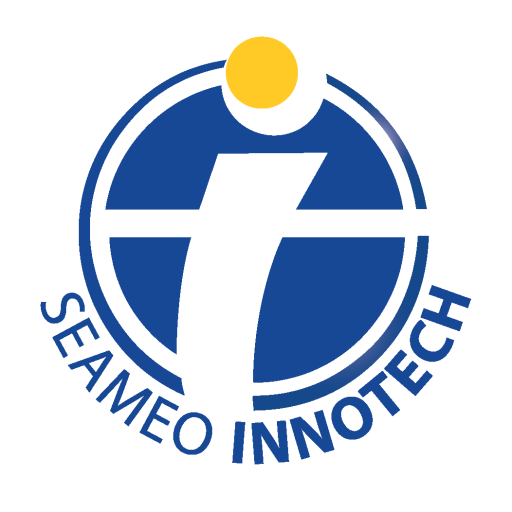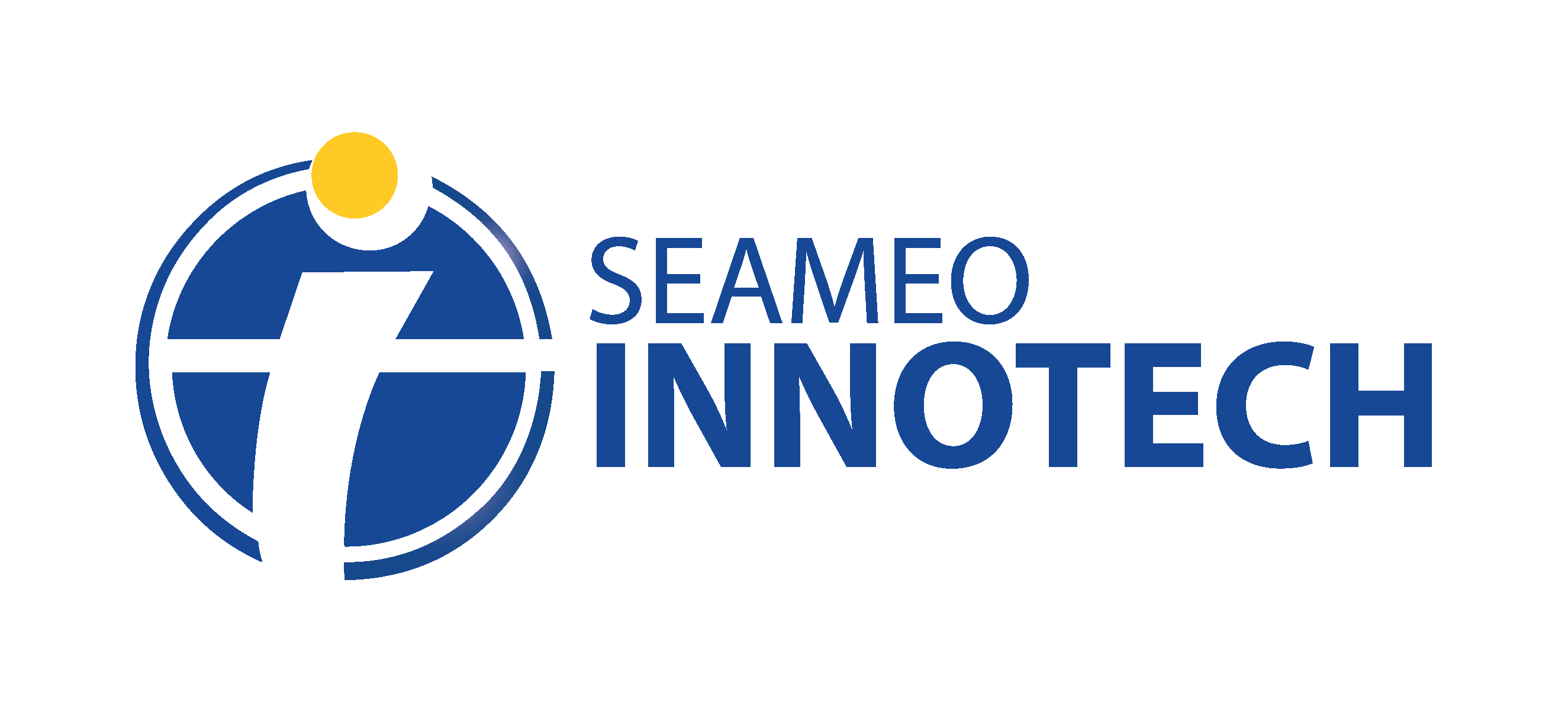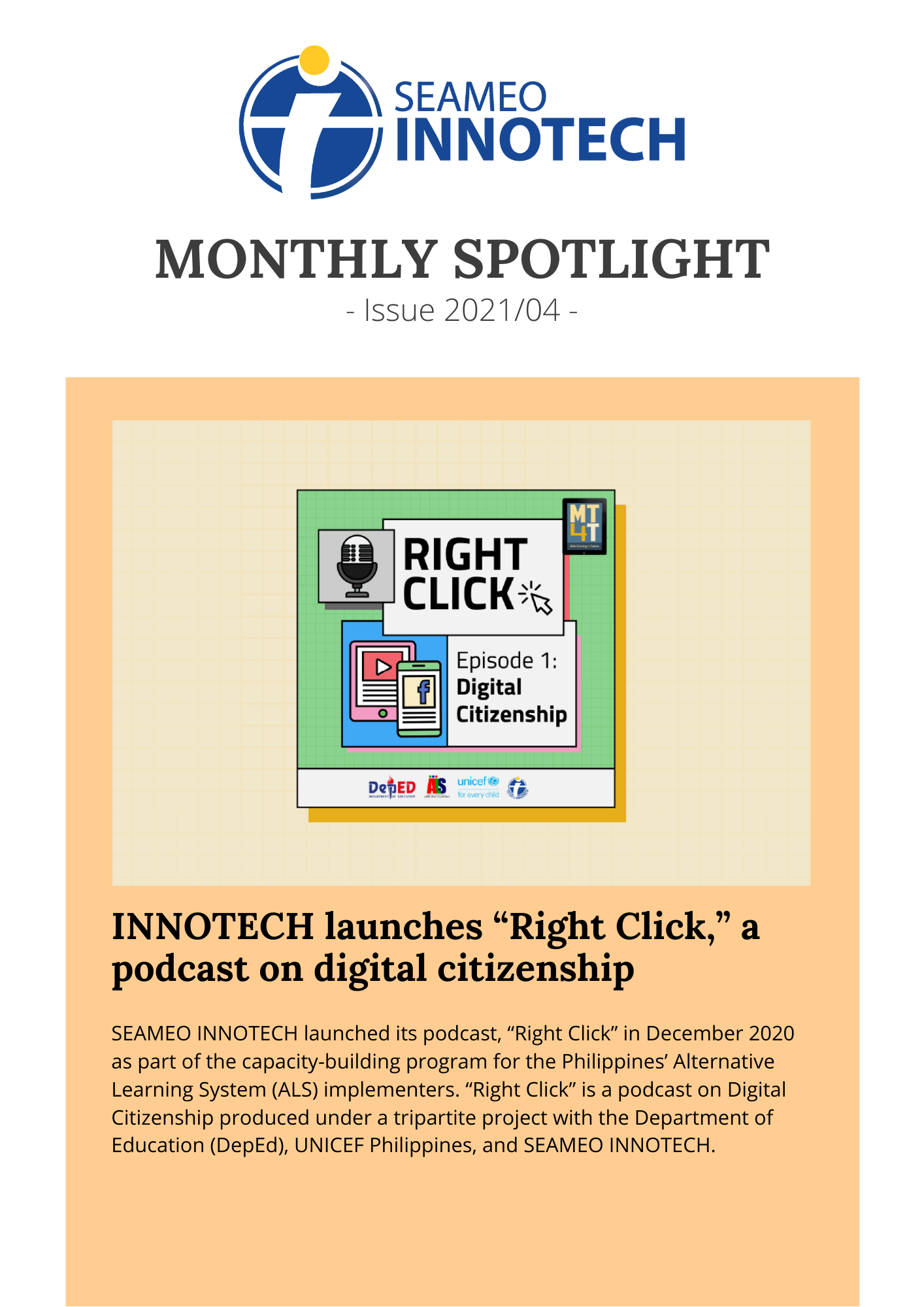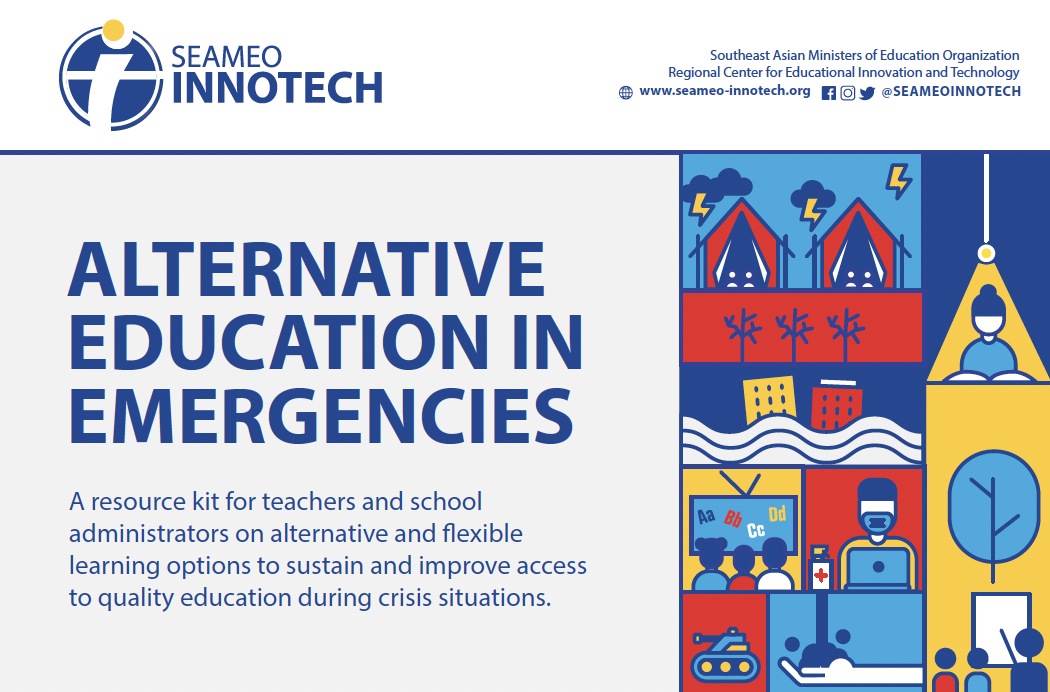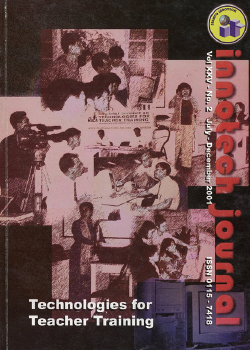
Issue: July – December 2001
Foreword: This issue of the INNOTECH Journal features papers presented during the “Regional Seminar on Technologies for Teacher Training,” conducted last 3-5 April 2001 at the Institut de la Francophonie pour l’Informatique in Hanoi, Vietnam. The seminar was jointly organized by SEAMEO INNOTECH and the Government of France through the Institut Universitaire de Formation de Maitres (IUFM) du Limousin. It brought together thirty (30) educators composed of directors, IT officials, professors, training officers, researchers and teachers from nine SEAMEO and non-SEAMEO member countries, namely: Brunei Darussalam, Cambodia, France, Japan, Lao PDR, Malaysia, Myanmar, Singapore and Vietnam. Country reports presented by the participants during the seminar are hereby presented in this Journal issue.
The article by Dr. Leong Yong Park on “Technologies for Teacher Training in Brunei Darussalam” discusses collaborative efforts by the Universiti Brunei Darussalam and the country’s Ministry of Education in preparing pre-service and in-service teachers to teach in technology-enhanced environments and how these efforts are guided by what research says about the role of ICT in education development. The report also details efforts made for the Primary School ICT Project in Brunei Darussalam.
Mr. Hop Nokseng and Mr. Min Sophal presented the “Teacher Training System in Cambodia” including pre-service and in-service training programs which generally aim to improve quality of teachers and teaching methods in order to facilitate quality of learning by pupils, especially those in the rural and remote areas. Their paper also presents the country’s strategic plan on quality improvement for teachers which include curriculum and materials development and improving competencies of teacher trainers.
“Technologies for Teacher Training in Lao PDR,” written by Mr. Maaly Vorabouth and Mr. Thipmany Outhit, presents efforts exerted to improve education in Lao PDR, in terms of increasing access to learning materials and resources, as well as improving quality of education. The article discusses a teacher upgrading program which primarily aims to upgrade qualifications of the country’s primary school teachers. The program has been implemented in several districts in Lao PDR.
In the next article, Mr. Ahshrup Bin Rachan Din writes about “Training In-Service Teachers for the Malaysian Smart Schools Program.” The article outlines the educational framework, as well as the development and experience of running Malaysia’s in-service teacher training program in support of the country’s smart school agenda. The retraining of teachers stresses acquisition of new competencies, foremost of which is the information and communication technology (ICT) skills. The article also outlines the transformation of the country’s educational system when the Malaysian Government promulgated and launched the Multimedia Super Corridor project.
“Teacher Education Programs in Myanmar” is presented in the article written by Ms. Han Aye Aye Myint. Here, they discuss pre-service and in-service teacher education programs, as well as preparations of teacher trainers in the use of technologies for teaching. They also tackle some of the issues which need to be addresses while making use of new information technologies for teaching and learning.
“ICT Needs for Teachers: Some Applications in Vietnam” was written by Mr. Quach Tuan Ngoc and essays the importance attached by Vietnam in using information technologies to improve quality of education in the country. The article is supplemented by a case study on ‘Using Technology Efficiently for Teaching English” shared by Mr. Dang Tuan. Here, Mr. Tuan relates how he was able to successfully use computers to teach his students how to understand and speak the English language.
In the next article, Mr. Gerard Gonfroy discusses the “Teacher Training Program of the Institut Universitaire de Formation de Maitres (IUFM)” in Limousin, France. His article includes discussions on the following: a profile of primary and secondary education in France; objectives, methods and implementation of their teachers’ in-service training; and the teachers training program of IUFM. His article is supplemented by a case study on the “Implementation of an Open Distance Learning Platform at IUFM du Limousin,’ as shared by Mr. Abdou Oudjedi and Mr. Michel Barbot. The case study shares IUFM’s experience in implementing an open distance learning platform, WebCT, for the in-service training of teachers studying at.
Mr. Yoshikazu Murakami, in the next article, shares his experience in running “An Introductory Course in Basic Informatics for Teacher-Bound Students.” In it, in the more recent years, has lagged behind other industrialized nations in the area of information and communication technology education, To address this concern, the Japanese Ministry of Education has been conducting training courses on informatics for school teachers. In his article, Mr. Murakami details one such course for in-service training of teachers in information and communication technology.
The last article, shared by Dr. Baharuddin Aris of the Universiti Teknologi Malaysia (UTM), was not among those presented during the seminar on technologies for teacher training, but was found relevant to this issue’s theme. “UTM’s Teacher Education Students Learning About ICT Using ICT” shares some very interesting insights as to how nformation and communication technologies or ICTs may be effectively used and managed to teach about ICTs–”giving a new meaning to education, particularly teacher education programs.”
To access all articles in this issue, email us at info@seameo-innotech.org

